解説 / Description
エキノドルス・グリセバキー ‘トロピカ’は、南米原産のエキノドルス・グリセバキーを基に、デンマークの世界的な水草ナーセリー「トロピカ社」が1980年代に発見・作出した改良品種です。一般的に「アマゾンソード」として知られるグループの仲間で、本種は特に小型で葉が密生する(ロゼット状になる)のが特徴です。そのコンパクトさから前景〜中景草として高く評価され、非常に丈夫なため初心者からベテランまで幅広く親しまれています。市販の株は水上葉であることが多く、水槽に植栽すると一度古い葉が「溶ける」ことがありますが、これは水中環境に適応するための正常な過程です。 Echinodorus grisebachii ‘Tropica’ is a cultivated variety developed in the 1980s by the world-renowned Danish aquatic plant nursery, Tropica, based on the South American native *E. grisebachii*. It is a member of the group commonly known as “Amazon Swords,” and this variety is particularly characterized by its smaller size and dense, rosette-like growth. Due to its compactness, it is highly valued as a foreground to mid-ground plant and is beloved by a wide range of hobbyists from beginners to experts for its hardiness. Commercially available plants are often in their emersed form, and it is normal for their old leaves to “melt” away after being planted in an aquarium as they acclimate to submerged conditions.
基本情報 / Basic Information
| 学名 / Scientific Name | Echinodorus grisebachii ‘Tropica’ |
|---|---|
| 通称 / Common Name | エキノドルス・グリセバキー ‘トロピカ’, アマゾンソード・トロピカ, *Echinodorus parviflorus ‘Tropica’* (旧名)Echinodorus ‘Tropica’, Amazon Sword ‘Tropica’, *Echinodorus parviflorus ‘Tropica’* (former name) |
| 分類 / Family | オモダカ科Alismataceae |
| 分布 / Distribution | 改良品種(原種は南米)Aquarium strain (Wild type from South America) |
| 育成難易度 / Difficulty | 易しいEasy |
育成環境 / Cultivation Environment
| 光量 / Light | 弱〜強(20W蛍光灯2灯以上)。幅広い光量に適応します。Low to High (e.g., two or more 20W fluorescent bulbs). It adapts to a wide range of light intensities. |
|---|---|
| CO2添加 / CO2 Injection | 必須ではない。添加するとより成長が速く、美しく育ちます。Not required. Injection will promote faster and more beautiful growth. |
| 水質 / Water Quality | 弱酸性〜弱アルカリ性(pH 6.0〜8.0)。適応範囲が広いです。Slightly acidic to slightly alkaline (pH 6.0-8.0). It has a wide range of adaptability. |
| 底床 / Substrate | ソイル、砂、砂利。根から養分を吸収する傾向が強いため、底床肥料(固形肥料)が非常に有効です。Soil, sand, or gravel. As it primarily absorbs nutrients through its roots, substrate fertilizers (root tabs) are very effective. |
レイアウト / Layout
| 配置 / Positioning | 中景。レイアウトの中心(センタープラント)として使うのに最適です。Mid-ground. It is ideal for use as a centerpiece plant in a layout. |
|---|---|
| 注意点 / Precautions | 根張りが非常に良いため、一度植えたら頻繁な植え替えは避けるべきです。植え替えの際は、根を傷つけないように注意してください。It develops a very strong root system, so frequent replanting should be avoided. Be careful not to damage the roots when transplanting. |
増やし方(トリミング) / Propagation & Trimming
| 増やし方 / Propagation | 主に株分けで増やします。根元からランナーを伸ばし、子株を付けます。子株が十分に大きくなったら、切り離して植え込みます。Mainly propagated by division. It sends out runners from its base to produce daughter plants. Once a daughter plant is large enough, it can be separated and planted. |
|---|---|
| トリミング / Trimming | 古くなった外側の葉を、根元からハサミでカットします。Old outer leaves should be cut off at the base with scissors. |
病気と対策(コケなど) / Pests & Algae
| かかりやすい病気 / Common Issues | 非常に丈夫で、病気にはかかりにくいです。ただし、成長が比較的緩やかなため、葉の表面にコケが付着することがあります。Extremely hardy and resistant to disease. However, as its growth is relatively slow, its leaves can be prone to algae. |
|---|---|
| 対策と予防 / Prevention | コケ対策として、ヤマトヌマエビやオトシンクルスなどのコケ取り生体を入れるのが効果的です。鉄分が不足すると葉が白化(黄色っぽくなる)することがあるため、液体肥料などで補給すると良いでしょう。Introducing algae-eating fauna like Amano Shrimp or Otocinclus catfish is effective for algae control. If the leaves turn pale or yellow (chlorosis), it may indicate an iron deficiency, which can be remedied with liquid fertilizers. |
特徴と豆知識 / Characteristics & Fun Facts
| 特徴 / Characteristics |
学名の変遷: かつては*Echinodorus parviflorus*という独立種から作出されたと考えられていたため、今でもその名前で流通することがあります。しかし、近年のDNA解析により、*parviflorus*種や大型の*amazonicus*種、*bleherae*種などは全て*grisebachii*種に統合されました。これが学名が混乱している理由です。 水上葉と水中葉: 本種は本来、湿地などに生える両生植物です。販売されている株は、生産効率の良い水上葉であることがほとんどです。これを水槽に植えると、水中環境に適応するために古い葉を枯らし、新たに水中葉を展開します。この現象は「溶け」と呼ばれますが、正常な適応過程なので、根茎がしっかりしていれば問題ありません。 重度のルートフィーダー: エキノドルス属は、根から栄養を吸収する性質が非常に強い「ルートフィーダー」です。そのため、底床内の栄養分が育成の鍵となり、ソイルの使用や固形肥料の追肥が極めて効果的です。 組織培養: 近年では、スネールやコケの混入がない無菌状態で生産された「組織培養カップ」での販売が主流です。これにより、安全かつ高品質な株を水槽に導入することが可能になりました。 Taxonomic History: It was once thought to be a cultivar of a separate species, *Echinodorus parviflorus*, and is still sometimes sold under that name. However, recent DNA analysis has consolidated *parviflorus*, as well as the larger *amazonicus* and *bleherae*, into the single species *E. grisebachii*. This is the reason for the naming confusion. Emersed vs. Submersed Form: This plant is naturally amphibious, growing in wetlands. The plants sold commercially are almost always the emersed form, which is more efficient to produce. When planted in an aquarium, it will shed its old leaves and grow new ones adapted to underwater life. This process is often called “melting,” but it is a normal adaptation, and the plant will recover if the rhizome is healthy. Heavy Root Feeder: The Echinodorus genus is a strong “root feeder,” meaning it absorbs most of its nutrients through its roots. Therefore, a nutrient-rich substrate is key to its health, making aquarium soil or the use of root tabs highly effective. Tissue Culture: In recent years, it has become common for this plant to be sold in “tissue culture” cups, which are produced in a sterile environment. This guarantees the plant is free of snails, algae, and pests, allowing for safe introduction into any aquarium. |
|---|
まとめ / Conclusion
エキノドルス・グリセバキー ‘トロピカ’は、その美しさと圧倒的な丈夫さで、アクアリウムの歴史の中で常に愛されてきた定番中の定番です。その力強い草姿は、どんなレイアウトにも調和し、水景に生命感と安定感を与えてくれます。 Echinodorus grisebachii ‘Tropica’ is a timeless classic in the aquarium hobby, consistently loved throughout its history for its beauty and supreme hardiness. Its robust form harmonizes with any layout, adding a sense of vitality and stability to the aquascape.
CO2や強い光がなくても育つため、「手間をかけずに本格的な水草レイアウトを楽しみたい」という初心者の方に、まず最初におすすめしたい水草の一つです。As it can grow without CO2 or strong light, it is one of the first plants we would recommend to beginners who want to “enjoy a full-fledged aquascape without the hassle.”
▶ 記事の生体をAMAZONで買う ▶ 記事の生体をYahooで買う

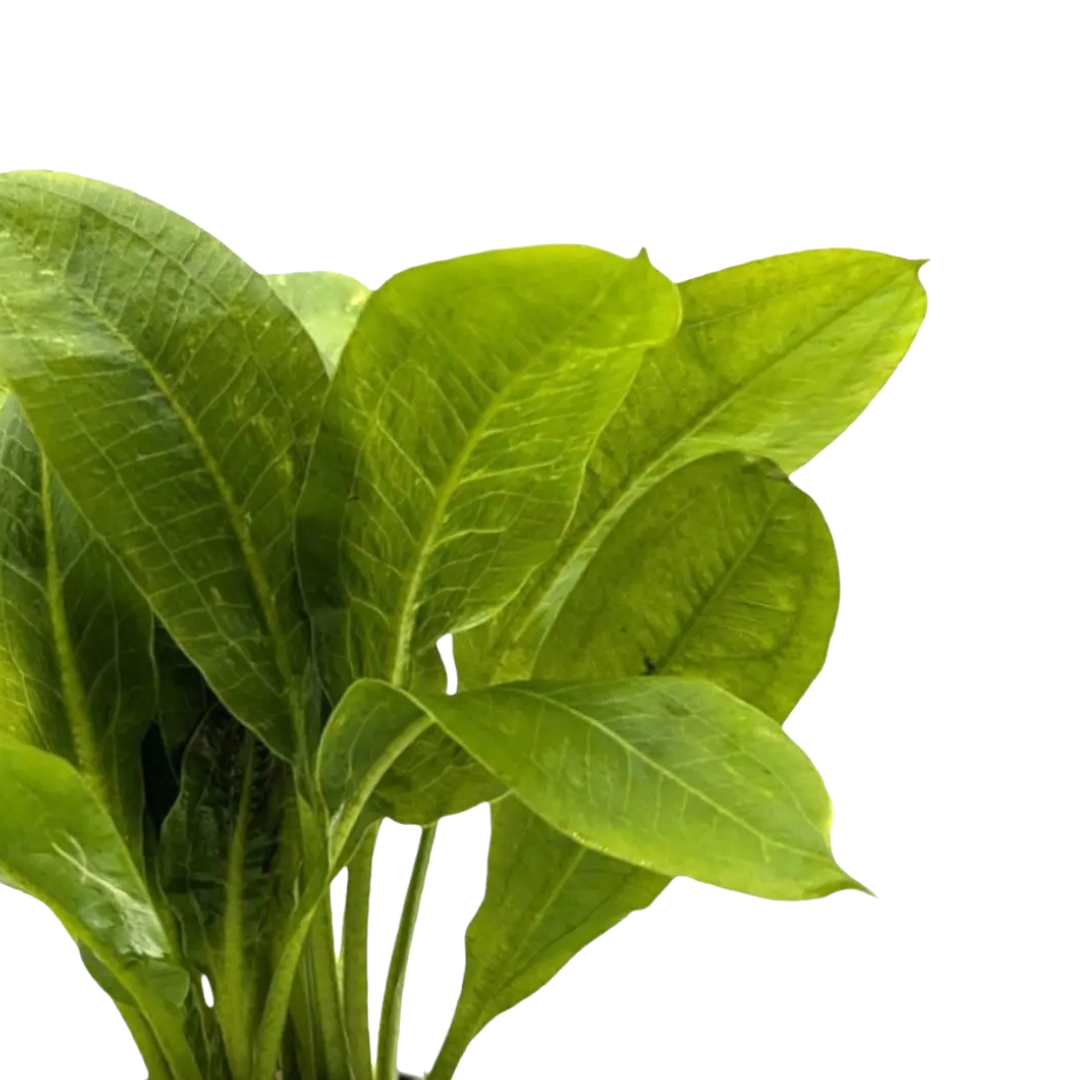




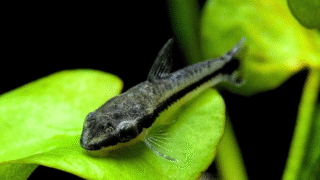
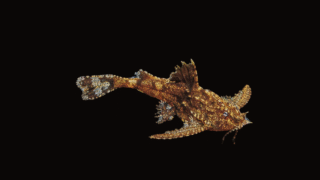
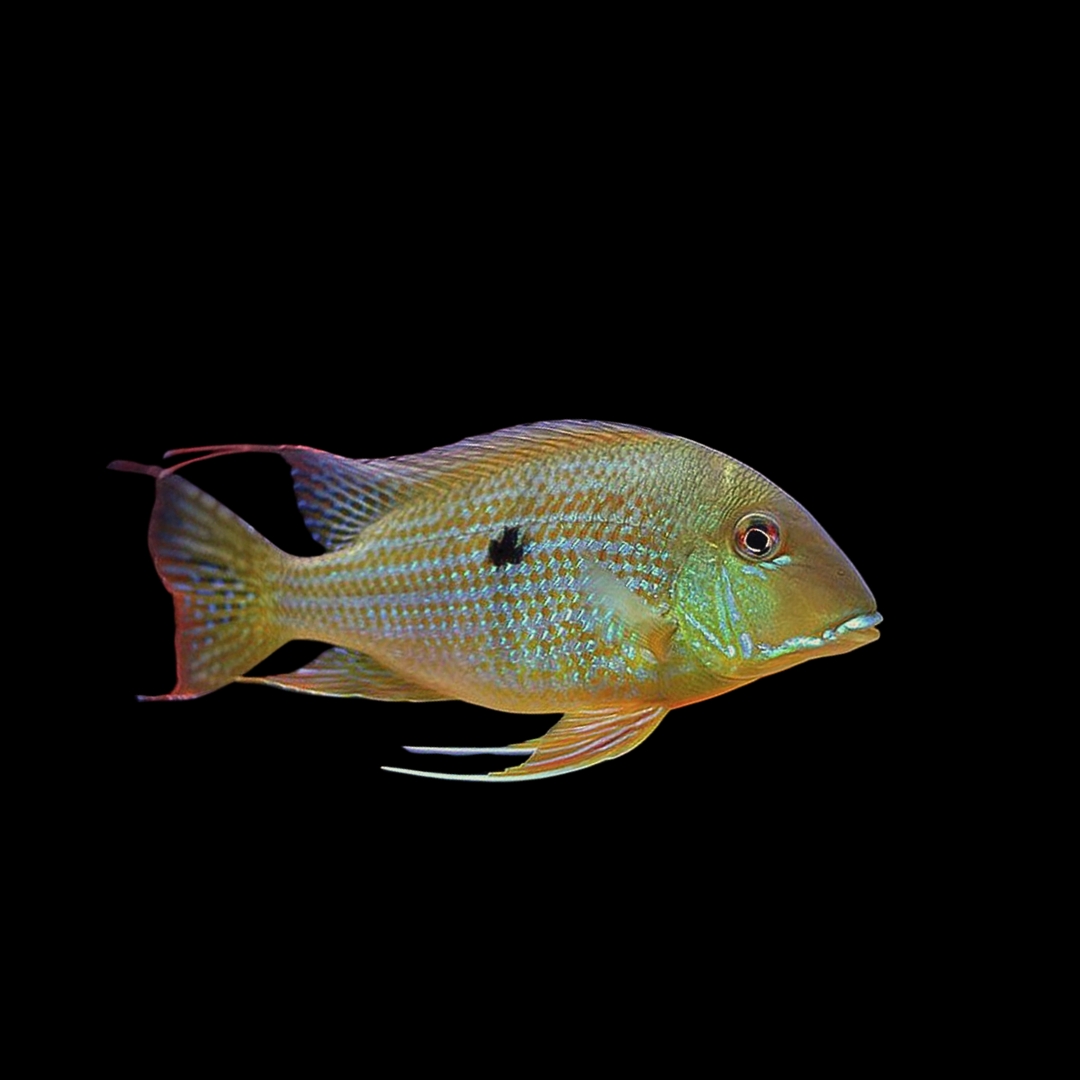
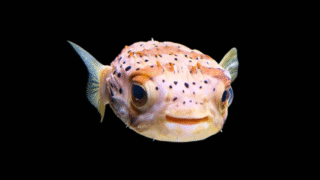
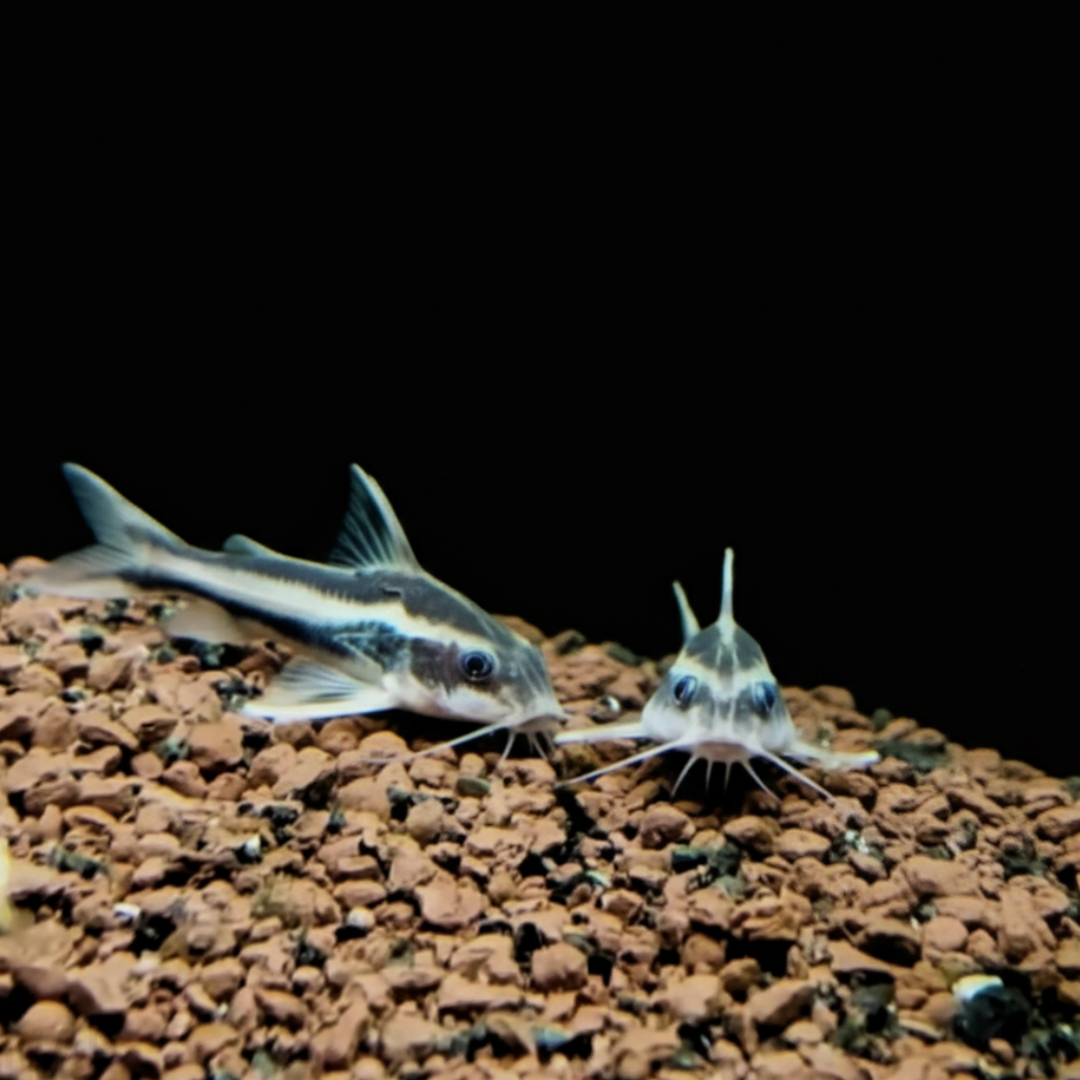
コメント